什么是铅酸电池?
当您在市场上购买深循环电池时, 你会发现“铅酸" 品类比你想象的要广泛. 我们收到的一个常见问题是, “到底什么是胶体电池, 它与标准铅酸电池有何不同?" 了解这项技术是选择适合您需求的电源解决方案的关键.
铅酸胶体电池, 俗称“胶体电池”," 是一种特殊类型的密封铅酸电池 (阀控式铅酸蓄电池). 与含有液体电解质的传统富液式铅酸电池不同, 胶体电池使用加厚的, 凝胶电解质 (硫酸与二氧化硅混合). 这一关键区别使得电池防溢, 抗振动, 并且完全免维护, 与传统同行相比,提供显着的便利优势.
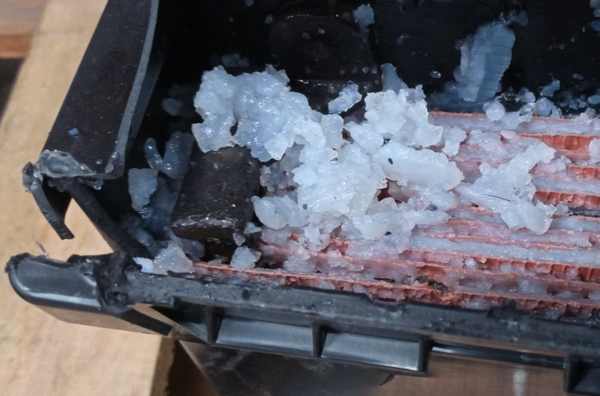
在 吉克斯太阳能, 我们提供各种电池技术,因为我们知道每种技术都有其用途. 了解 a 的细微差别 铅酸胶体电池 帮助您确定其独特的优势是否适合您的应用. 让我们探讨一些常见问题.
什么会杀死铅酸电池?
无论你有凝胶, AGM, 或传统的富液式电池, 所有铅酸电池都容易出现类似的故障模式. 知道什么是“杀人”" 这是预防和最大限度延长其寿命的第一步.
铅酸电池最常见的杀手是 硫酸盐 (当电池处于放电状态时会发生这种情况), 慢性充电不足, 和 过度充电 (这会损坏印版并使密封类型变干). 其他主要因素包括 极热, 从而加速降解, 持续的 深层排放 超出其评级, 特别是对于被淹没的类型, 一个简单的 缺乏维护 (没有加满水).
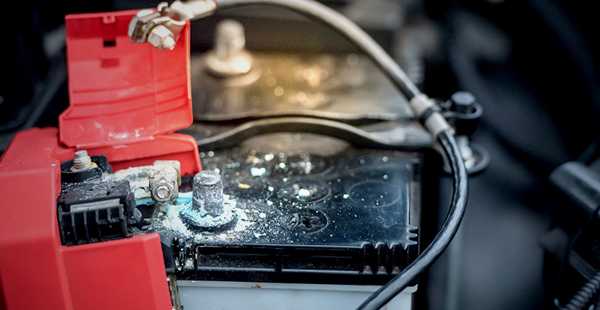
深入潜水: 电池寿命的敌人
让我们更详细地看看这些故障模式:
- 硫酸盐 (沉默的杀手): 如果铅酸电池使用后未立即充满电, 或处于放电状态, 铅板上形成硫酸铅的硬晶体. 这些晶体会抑制电池接受和输送电力的能力. 严重的硫酸盐化往往是不可逆的.
- 过度充电: 使用不正确或有故障的充电器施加过多的电压或电流“烹饪”" 电池. 在洪水泛滥的电池中, 它会导致过多的水分流失. 在密封胶体电池中, 它更具破坏性,因为它会永久干燥电解质.
- 充电不足: 始终无法将电池恢复到满电量 100% 随着时间的推移,电荷也会导致硫酸盐化形成, 逐渐减少其容量.
- 极热: 热量是铅酸电池的终极敌人. 它会加速内板的腐蚀,并增加浸没型的失水量和密封型的干燥度. 在炎热气候下运行的电池 (例如, 平均 90°F / 32℃) 同一电池在 77°F 下的使用寿命可能只有一半 / 25℃.
- 过度深度放电: 虽然他们是“深度循环”," 每次完全耗尽电池都会给电池带来很大的压力,并且与浅放电相比,会导致循环寿命更短.
- 忽视 (对于富液电池): 对于传统淹没类型, 忘记检查并用蒸馏水补充电解质水平是过早失效的最常见原因. 铅板的顶部暴露在外, 电池的那部分被永久损坏了. 这是胶体等密封电池彻底解决的问题.
哪个更好, 铅酸或胶体电池?
这是经典的问题. 来回答它, 我们需要记住凝胶电池 是 铅酸电池. 真正的比较是 密封的凝胶电池 和 传统浸没式铅酸 (fla) 电池.
普遍“更好”; 最好的选择是在 便利和成本. A 凝胶电池 如果你优先考虑一个,那就更好了 无维护, 防溢, 并且易于安装 解决方案. 传统 铅酸洪水 (fla) 如果您主要关心的是实现 最低可能的前期费用 并且您不介意进行定期维护.
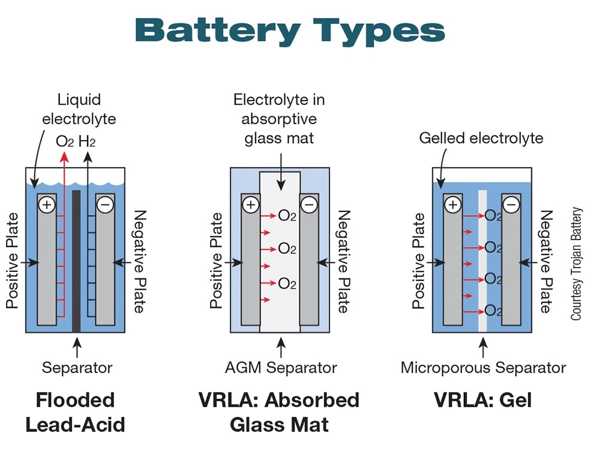
深入潜水: 面对面的比较
让我们对关键类别进行比较:
- 维护:
- 凝胶: 优胜者. 它是密封的,不需要浇水或电解质检查.
- fla: 需要定期补充蒸馏水和终端清洁.
- 安全 & 安装:
- 凝胶: 优胜者. 防溢, 即使外壳损坏, 并且可以安装在任何位置. 在正常操作期间它也产生极少量的气体, 使通风较差的区域更安全.
- fla: 必须直立安装以防止酸溢出. 它在充电过程中排出易燃氢气,需要通风良好的外壳.
- 前期费用:
- fla: 优胜者. 购买时每安培小时的成本最低.
- 凝胶: 因其便利性和密封设计而具有显着的价格溢价.
- 收费:
- fla: 更稳健,更能容忍充电电压的轻微变化.
- 凝胶: 非常敏感. 需要一个特定的, 低压充电轮廓以防止永久损坏.
- 耐用性:
- 凝胶: 更能抵抗振动和冲击造成的损坏.
- fla: 极其耐用且持久 如果 精心维护.
“更好" 选择取决于您的应用. 对于维护困难的远程太阳能装置, 凝胶更好. 适合精打细算且电池盒易于使用的用户, FLA 具有巨大的价值.
您可以用凝胶电池代替铅酸电池吗?
您使用的是传统的浸没式铅酸蓄电池 (fla) 电池并且厌倦了维护. 可以直接买块同样尺寸的胶体电池换上去吗?
是的, 您通常可以用凝胶电池代替洪水泛滥的电池, 但这有一个关键, 不可协商的条件: 您必须确保您的充电系统与凝胶电池兼容. 这意味着您的太阳能充电控制器, 车辆交流发电机调节器, 或交流充电器必须有特定的“GEL" 设置或替换为确实. 在使用针对水浸电池编程的充电器时简单地更换电池会很快损坏您的新电池, 更昂贵的胶体电池.
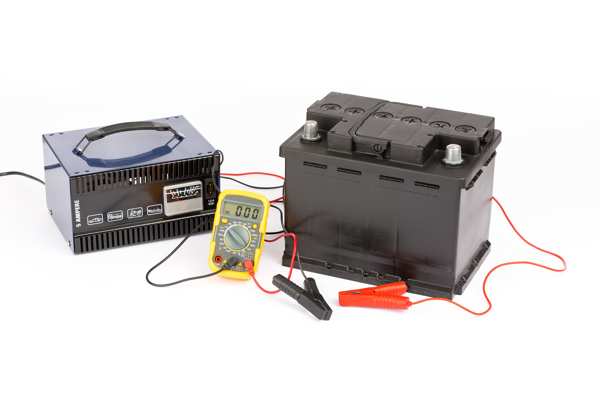
深入潜水: 关键兼容性检查
如果您计划升级, 遵循此清单:
- 验证物理和电气规格: 确保新胶体电池标称电压相同 (例如, 12V), 相似的物理尺寸以适应您的空间, 和适当的安培小时 (啊) 满足您需求的容量.
- 审核您的充电系统 (最重要的一步):
- 查看每一个为电池充电的设备 (太阳能控制器, 岸电充电器, ETC。).
- 检查是否有可选择的电池类型设置 (例如, 带有“淹没”选项的开关或数字菜单," “ agm," 和“凝胶”).
- 如果“凝胶" 设置存在: 你可以走了! 进行交换并确保更改控制器上的设置(s) 到“凝胶。"
- 如果没有“凝胶" 设置存在: 您当前的充电器不兼容. 对于胶体电池来说其电压太高. 你 必须更换充电器 配备现代智能充电器,在安装新电池的同时具有凝胶轮廓.
GYCX太阳能故事: “这是我们在 Gycx Solar 经常进行的咨询. 客户希望将他们的房车升级为凝胶电池. 我们评估了他们现有的太阳能控制器,发现它是一个基本的, 不可编程模型. 我们能够找到合适的凝胶电池和新的, 正确编程的控制器作为一个包, 确保他们的升级成功,并且他们的新电池将提供多年的免维护服务。"
胶体电池值得花额外的钱吗?
凝胶电池的价格比淹没式电池更高. 这就引出了最终的问题: 额外费用真的合理吗?
胶体电池是 如果您非常看重便利性,那么花额外的钱是值得的, 安全, 和安装灵活性. 如果您需要电池用于难以或不可能定期维护的应用, 酸泄漏将造成灾难性的地方, 或者电池必须以非直立方向安装的地方, 那么凝胶电池的高价通常是值得的,因为它提供了安心和无忧的操作.
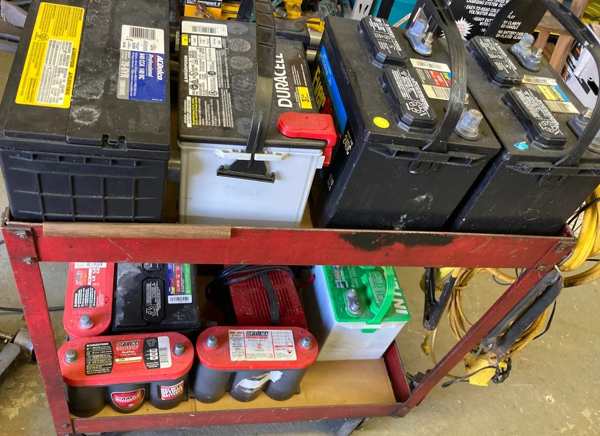
深入潜水: 分析价值主张
让我们分解一下额外费用是否有意义:
- 这是值得的如果:
- 维护起来很麻烦: 您的电池位于难以触及的位置, 或者您只是不想做检查水位的苦差事.
- 安全至上: 电池安装在船舱内, 房车居住空间, 或通风不良的区域,其中氢气析出和潜在的酸泄漏是不可接受的风险.
- 您的应用涉及振动: 例如越野车或船舶, 凝胶的抗震性是一个显着的优势.
- 您需要灵活的安装: 您的空间要求电池侧面或倾斜安装.
- 可能不值得,如果:
- 您的主要目标是尽可能降低前期成本.
- 您的电池位于方便取放的位置, 通风良好的电池盒.
- 您很勤奋并且不介意执行富液电池所需的日常维护.
- 更高的价值水平: 锂 (磷酸铁锂):
还值得注意的是,如果您已经考虑为凝胶的便利性支付额外费用, 评估现代职业联赛通常是有意义的 (铁磷酸锂) 电池. 虽然他们的前期成本更高, 磷酸铁锂1 电池提供所有免维护, 凝胶的防溢优点, 但使用寿命要长得多 (5-10 更多循环次数), 更高的效率, 重量较轻, 和更大的可用容量. 在GYCX太阳能, 我们帮助客户比较所有这些选择的终身价值,以找到最明智的长期投资.
所以, 凝胶电池比传统的铅酸电池更好? 这是一个经典的权衡: 便利性 vs. 成本. 胶体电池提供安全, 多才多艺的, 和免维护解决方案, 但这需要高昂的价格并且需要精确的, 兼容的充电系统.
胶体电池是否是您的正确选择, 或者传统的富液式电池或现代锂系统是否更适合, 我们 Gycx Solar 的专家团队可以帮助您了解适合您特定需求的利弊. 立即与我们联系以进行专业咨询!
了解LFP的概念将帮助您更好地比较和理解与电池相关的数据概念. ↩
